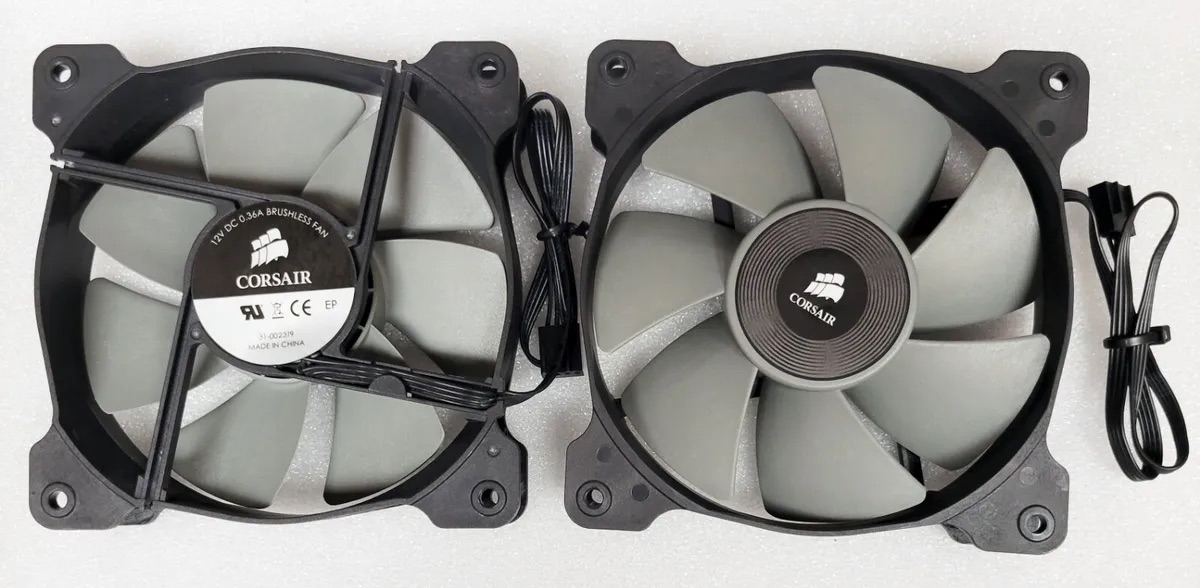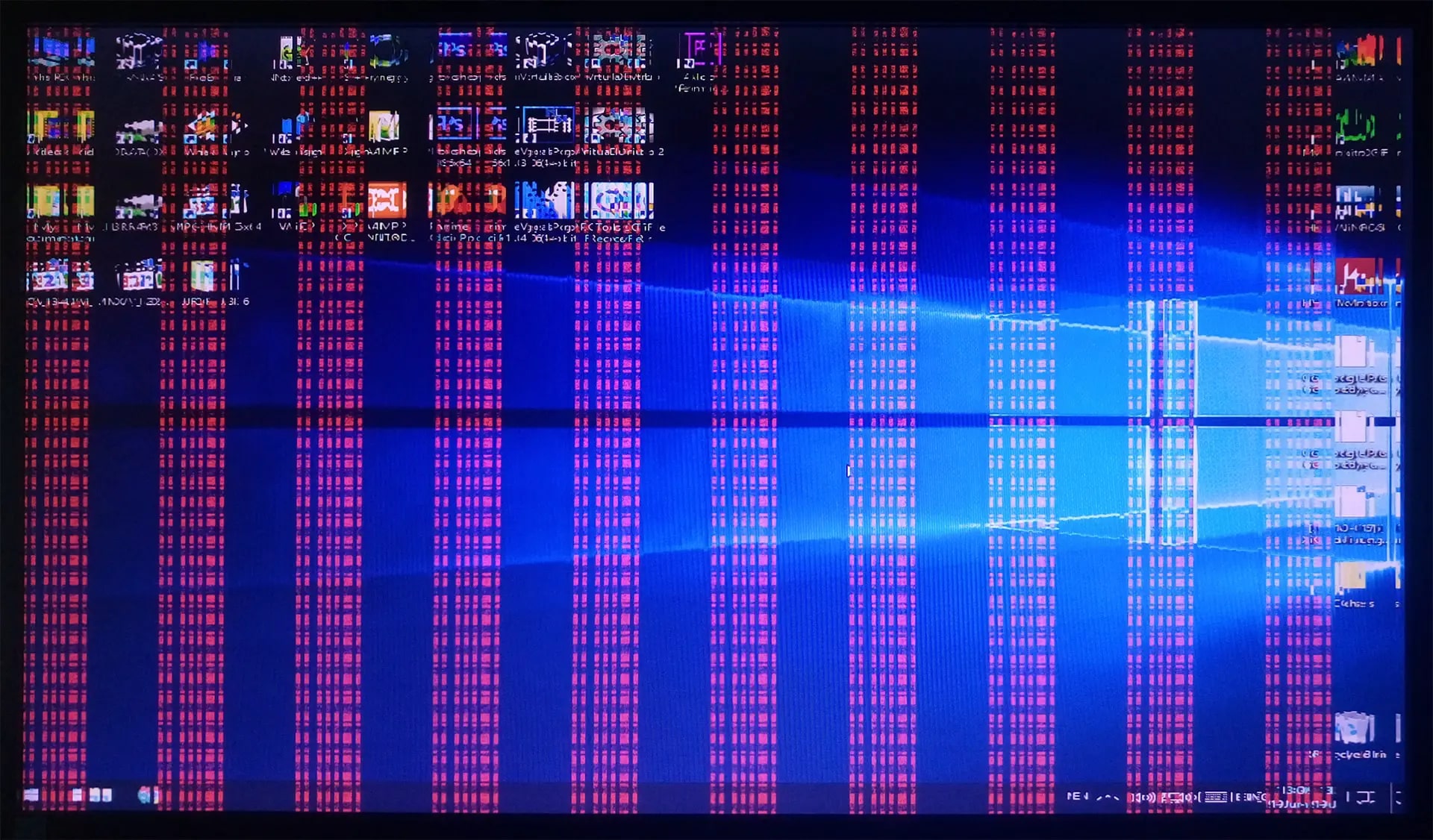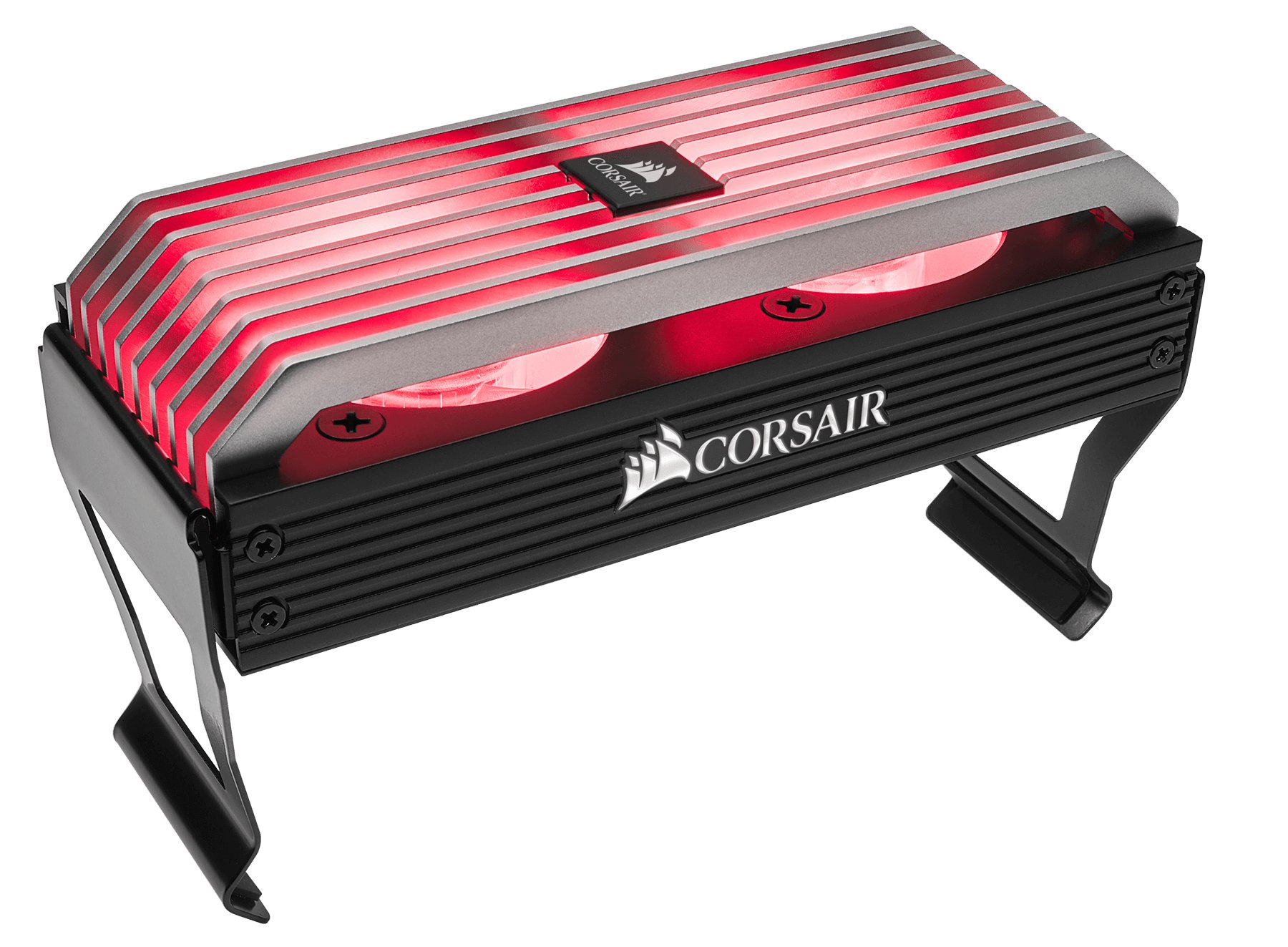Signs of a Dying Case Fan
A case fan is an essential component of a computer system as it helps to keep the internal components cool by circulating the air. However, like any other mechanical device, case fans can experience wear and tear over time. It’s important to be able to identify the signs of a dying case fan to prevent potential damage to your computer and ensure effective cooling. Here are five common signs to watch out for:
- Unusual Noises: One of the most noticeable signs of a dying case fan is the presence of strange noises. If you hear grinding, whining, or rattling sounds coming from your computer, it could indicate a problem with the fan. The bearings inside the fan may be failing, causing the fan to spin unevenly and produce unusual noises. Ignoring this can lead to further damage and potential overheating.
- Decreased Airflow: Another telltale sign of a failing case fan is a decrease in airflow. If you notice that your computer is not cooling down as effectively as before, it could indicate that the fan is not functioning properly. This can result in an increase in the temperature of internal components, leading to potential overheating issues.
- Frequent Overheating: If your computer is experiencing frequent overheating, it could be a sign of a dying case fan. When the fan is not able to circulate enough air, the internal components of your computer can heat up quickly, causing the system to overheat. This can lead to system instability, performance issues, and possible hardware damage.
- Fan Not Spinning: A clear sign of a failing case fan is when it is not spinning at all. When you power on your computer, observe if the case fan starts spinning. If it remains stationary or spins sporadically, it indicates a problem with the fan’s motor or power connection. This should be addressed promptly to avoid further complications.
- Excessive Vibrations: Vibrations in the case can be an indication that the fan blades are not balanced or that the motor is deteriorating. Excessive vibrations can not only affect the performance of the fan but also lead to damage to other internal components due to prolonged exposure. It is important to address this issue to prevent any further problems.
Being able to recognize the signs of a dying case fan is crucial for maintaining the longevity and performance of your computer system. If you notice any of these signs, it is recommended to replace the fan as soon as possible to avoid overheating and potential damage to your hardware.
Unusual Noises
When your computer is running smoothly, you shouldn’t hear any strange or bothersome noises. However, if you start to notice unusual sounds coming from your computer, it could be a sign that your case fan is on the verge of dying. These noises can range from grinding, whining, rattling, or even screeching sounds.
The primary cause of these abnormal noises is typically the fan’s bearings starting to fail. Bearings are designed to support the fan’s rotation and ensure smooth and quiet operation. Over time, these bearings can wear out, causing the fan to spin unevenly and produce the unpleasant noises mentioned above.
It is essential not to ignore unusual noises coming from your case fan, as they can be an indication of internal damage and impending failure. Continuing to use a fan with failing bearings can lead to even more serious issues, such as overheating or damage to other computer components.
If you suspect that your case fan is making unusual noises, there are a few steps you can take to confirm this. First, you can try to locate the specific fan by listening closely to your computer’s internals. If the noise persists even when the computer is idle or not performing any intensive tasks, it is likely originating from a case fan.
Next, consider using a hardware monitoring software to check the fan speeds and temperatures of your system. If you notice that the fan RPM (revolutions per minute) is fluctuating or significantly lower than usual, it could indicate a problem.
To resolve the issue of unusual noises from your case fan, the most effective solution is to replace it with a new one. When choosing a replacement fan, ensure that it has the same dimensions, connector type, and appropriate airflow for your system. Additionally, investing in a high-quality fan with durable bearings can help prevent this issue from occurring again in the future.
In summary, if you hear any abnormal noises coming from your computer, particularly from the case fan, it is crucial to address the issue promptly. Unusual noises can indicate a failing or dying case fan, which can lead to overheating and potential damage to your computer. By identifying and replacing the fan early on, you can ensure the longevity and optimal performance of your system.
Decreased Airflow
A properly functioning case fan plays a vital role in maintaining the optimal airflow within your computer system. It helps to circulate cool air and expel hot air, ensuring that your components stay within safe operating temperatures. However, if you notice a decrease in airflow within your computer, it could be a clear indication that your case fan is on the verge of dying.
One of the primary causes of decreased airflow is the accumulation of dust and debris on the fan blades and surrounding components. Over time, these particles can obstruct the smooth rotation of the fan, impeding its ability to move air effectively. As a result, your computer may start to experience higher temperatures, which can lead to performance issues and potential damage to sensitive components.
To determine if you are experiencing decreased airflow, pay attention to the internal temperatures of your computer. Use software tools to monitor the CPU and GPU temperatures and compare them to the usual ranges for your system. If you notice a consistent increase in temperatures, it may indicate that your case fan is not providing sufficient airflow.
Another way to check for reduced airflow is by physically observing the fan itself. Power down your computer and remove the side panel of your case. Take a close look at the fan blades and surrounding areas. If you notice a significant layer of dust or any visible obstructions, it’s a clear sign that the fan’s airflow is being compromised.
To rectify the issue of decreased airflow, you can start by cleaning the fan and its surroundings. Use compressed air or a soft brush to gently remove the accumulated dust from the fan blades and surrounding components. However, if the fan continues to have reduced airflow even after cleaning, it may be necessary to replace it altogether.
When replacing the case fan, be sure to select one that matches the specifications of your computer, including its size, connector type, and airflow capacity. Investing in a high-quality fan with superior airflow and dust resistance features can help ensure better cooling performance and reduce the risk of future airflow issues.
Remember, a decrease in airflow can lead to overheating, potentially causing system instability and damage. By proactively addressing the issue of reduced airflow and replacing a failing case fan, you can maintain optimal cooling performance and extend the lifespan of your computer.
Frequent Overheating
An efficient case fan is essential for maintaining proper cooling in your computer system. When a case fan starts to fail, it can lead to frequent overheating of your hardware components, which can have detrimental effects on their performance and lifespan.
One of the key functions of a case fan is to circulate cool air and expel hot air generated by your computer’s internal components. If the fan becomes weak or stops working entirely, the airflow within the case becomes limited or non-existent, resulting in inadequate cooling and increased temperatures.
If you notice that your computer is frequently overheating and your internal temperatures are consistently exceeding the recommended operating range, it is likely that your case fan is to blame. Higher temperatures can have various negative consequences, including decreased system performance, unexpected shutdowns, and potential damage to sensitive components such as the CPU and GPU.
To identify frequent overheating, monitor the temperatures of various hardware components using software tools. Observe if the temperatures are consistently reaching high levels, even during normal usage or idle states. Additionally, listen for any fan noise or lack thereof, as a non-functioning or struggling case fan can contribute to increased temperatures.
Addressing frequent overheating requires immediate attention to prevent further damage. Start by cleaning the case fan and its surroundings to remove any accumulated dust or debris that may be obstructing airflow. Ensure that the fan blades can rotate freely without any hindrances.
If cleaning does not resolve the issue and you find that your case fan is still not adequately cooling your system, it may be necessary to replace the fan. When selecting a replacement fan, consider the airflow capacity, noise levels, and compatibility with your computer’s case and power supply.
Furthermore, consider the option of adding additional case fans or upgrading to more powerful fans to improve overall cooling efficiency. Properly positioned fans can create a better airflow path and ensure that the hot air is efficiently expelled from the case.
Keep in mind that excessive heat can have long-term detrimental effects on your computer’s performance and longevity. By promptly addressing frequent overheating issues and replacing or upgrading the case fan, you can maintain optimal temperatures and protect your hardware from potential damage.
Fan Not Spinning
A case fan that is not spinning at all is a clear indication of a problem. When you power on your computer, the case fan should start spinning to provide the necessary airflow for cooling. If you notice that the fan remains stationary or spins sporadically, it signifies a potential issue with the fan’s motor or power connection.
There are several reasons why a case fan may not be spinning. Firstly, it could be a result of a faulty or disconnected power connection. Ensure that the fan’s power cable is securely connected to the motherboard or fan controller. Sometimes, a loose connection might be the culprit behind the fan’s failure to spin.
If the power connection seems secure, it is possible that the fan’s motor has worn out or become damaged, preventing it from functioning properly. Over time, the motor can deteriorate due to accumulated dust, excessive heat, or general wear and tear. In such cases, the fan may need to be replaced to restore proper airflow and prevent potential damage to your computer.
To troubleshoot the issue of a non-spinning fan, try the following steps:
- Check the power connection: Ensure that the fan’s power cable is properly plugged in and connected to the appropriate power source. If it appears loose, try reconnecting it securely.
- Test the fan on a different power source: Connect the fan to a different fan header on the motherboard or a separate power source to determine if the issue lies with the original connection.
- Inspect for physical obstructions: Power down your computer, open the case, and visually inspect the fan for any visible obstructions such as dust, debris, or cables. Gently clean the fan and surrounding area, if necessary.
- Replace the fan if necessary: If the fan still fails to spin after the previous steps, it is likely that the motor has failed. Consider replacing the fan with a new one that matches the specifications and size of your original fan.
Replacing a non-spinning case fan is essential to ensure proper cooling and prevent potential overheating of your computer components. When selecting a replacement fan, check the dimensions, connector type, and airflow capacity to ensure compatibility with your system.
Remember, a case fan that is not spinning can result in inadequate airflow and increased temperatures, potentially leading to performance issues and damage to your hardware. Therefore, it is crucial to address this issue promptly to maintain the optimal functionality and longevity of your computer.
Excessive Vibrations
When your computer’s case fan starts to malfunction, it can produce excessive vibrations that are noticeable both visually and audibly. These vibrations can be a sign of imbalanced fan blades or a deteriorating motor, and they should not be ignored as they can lead to performance issues and potential damage to your system.
Excessive vibrations can occur for various reasons. One common cause is imbalanced fan blades. Over time, dirt, dust, or debris can accumulate on the blades, causing an imbalance in the fan’s rotation. This imbalance results in vibrations being transmitted to the case, causing it to shake or rattle.
Another cause of excessive vibrations can be a deteriorating motor. As the fan motor wears out, it may not rotate as smoothly as it should. This can lead to additional vibrations that are transmitted to the case, causing an uncomfortable buzzing or vibrating sensation.
To determine if your case fan is producing excessive vibrations, carefully observe your computer case while it is in operation. Look for visible movement or shaking, and listen for any abnormal buzzing or vibrating sounds. You can also place your hand on the case to feel for any noticeable vibrations.
If you identify excessive vibrations, there are a few steps you can take to address the issue:
- Ensure the fan is clean: Power down your computer and open the case to inspect the fan. Remove any accumulated dirt or debris that may be causing an imbalance. Clean the fan blades and surrounding areas carefully using compressed air or a soft brush.
- Check for loose screws: Vibrations can also be caused by loose screws that hold the fan in place. Confirm that all screws are tightened securely to minimize any movement or rattling.
- Consider using rubber mounting pads or dampeners: These accessories can help reduce vibrations by absorbing the impact between the fan and the case, resulting in a quieter and more stable operation.
- Replace the fan if necessary: If the excessive vibrations persist even after cleaning and securing the fan, it may be time to replace it. Look for a replacement fan that meets your system’s requirements and consider investing in a high-quality fan with improved motor design for smoother and quieter operation.
Addressing excessive vibrations is crucial to ensure the stability and longevity of your computer system. Excessive vibrations can not only be annoying but also indicate potential issues with the case fan. By taking the necessary steps to reduce or eliminate vibrations, you can enhance the overall performance and comfort of your computer.

























